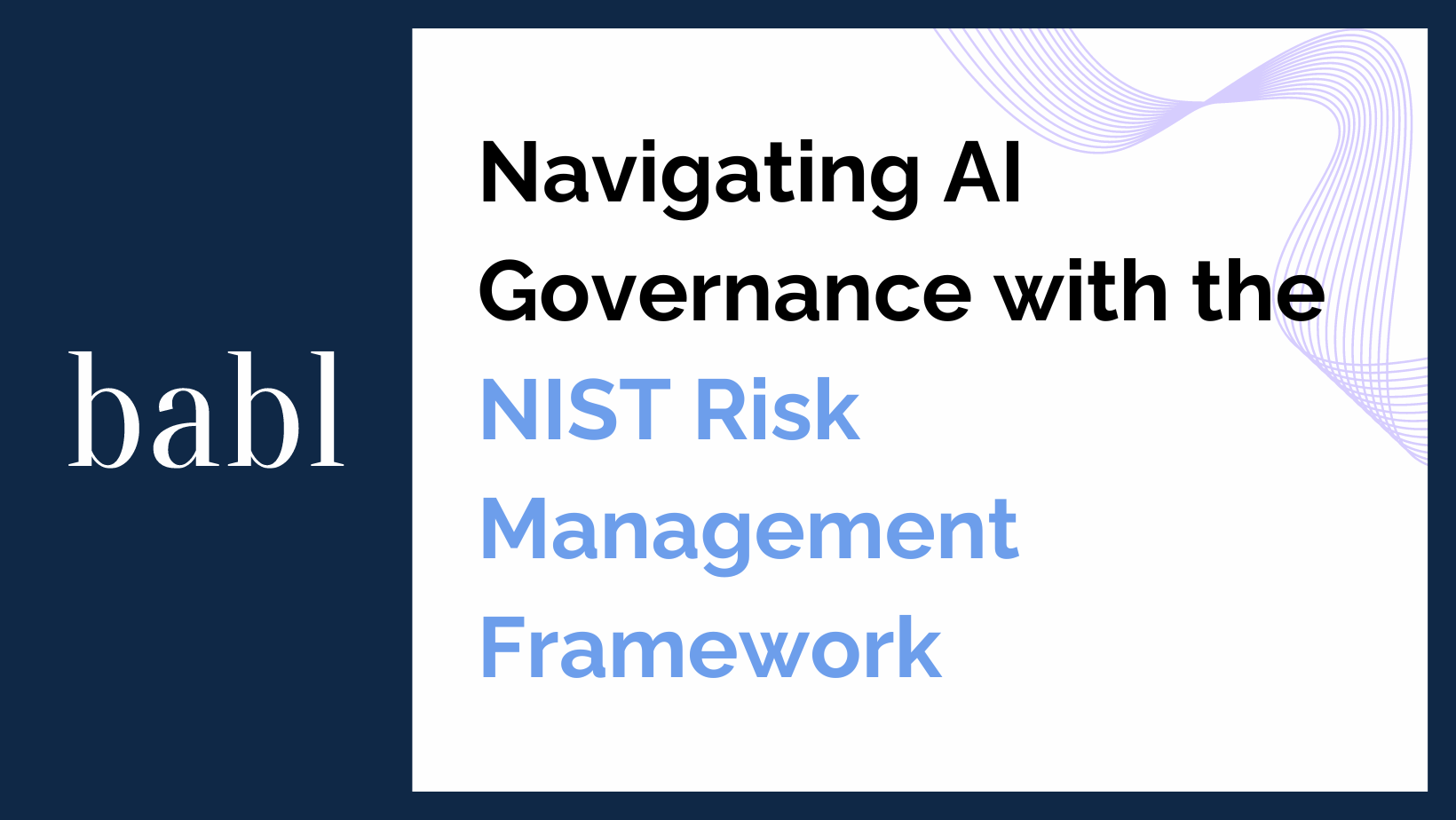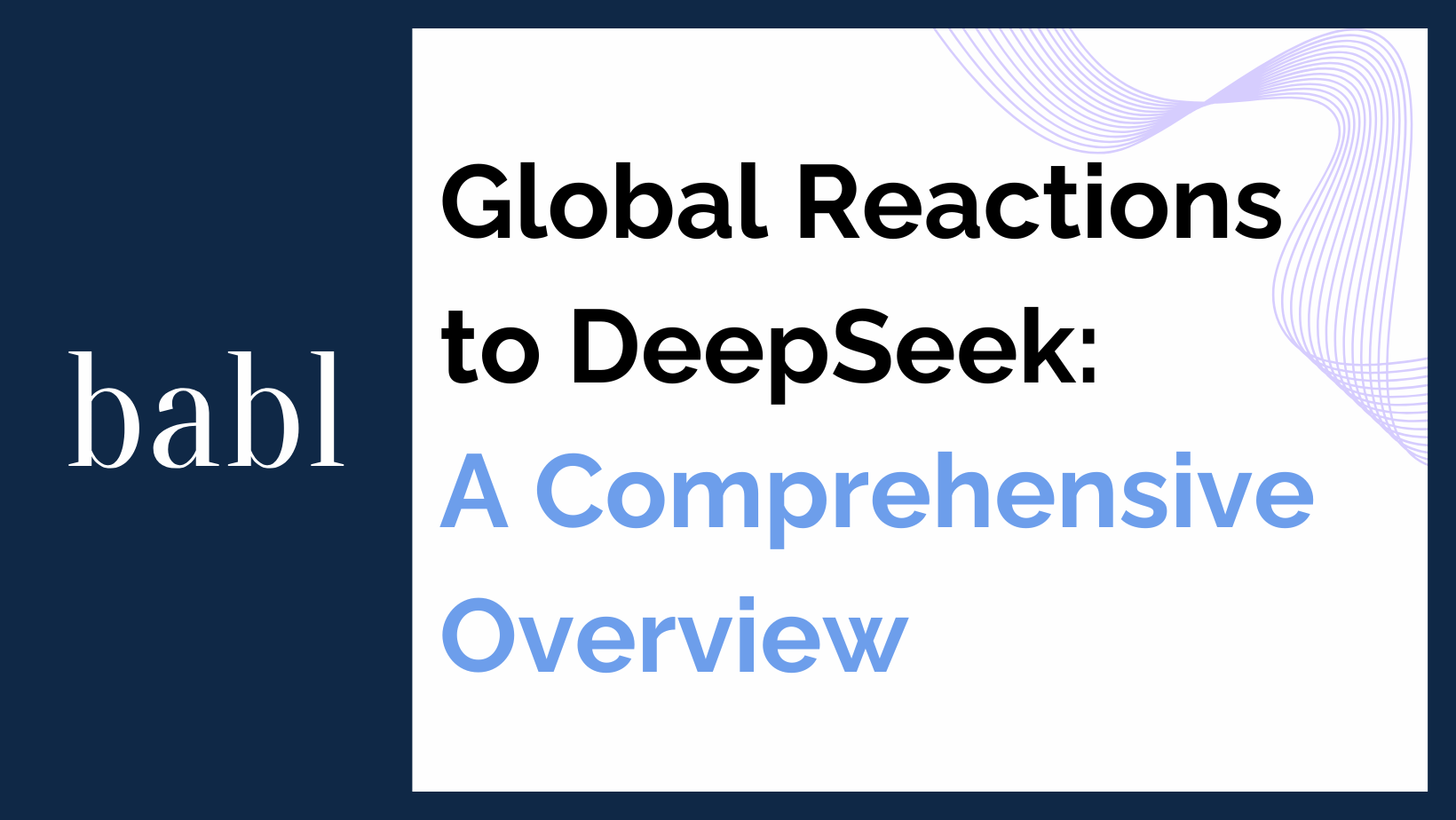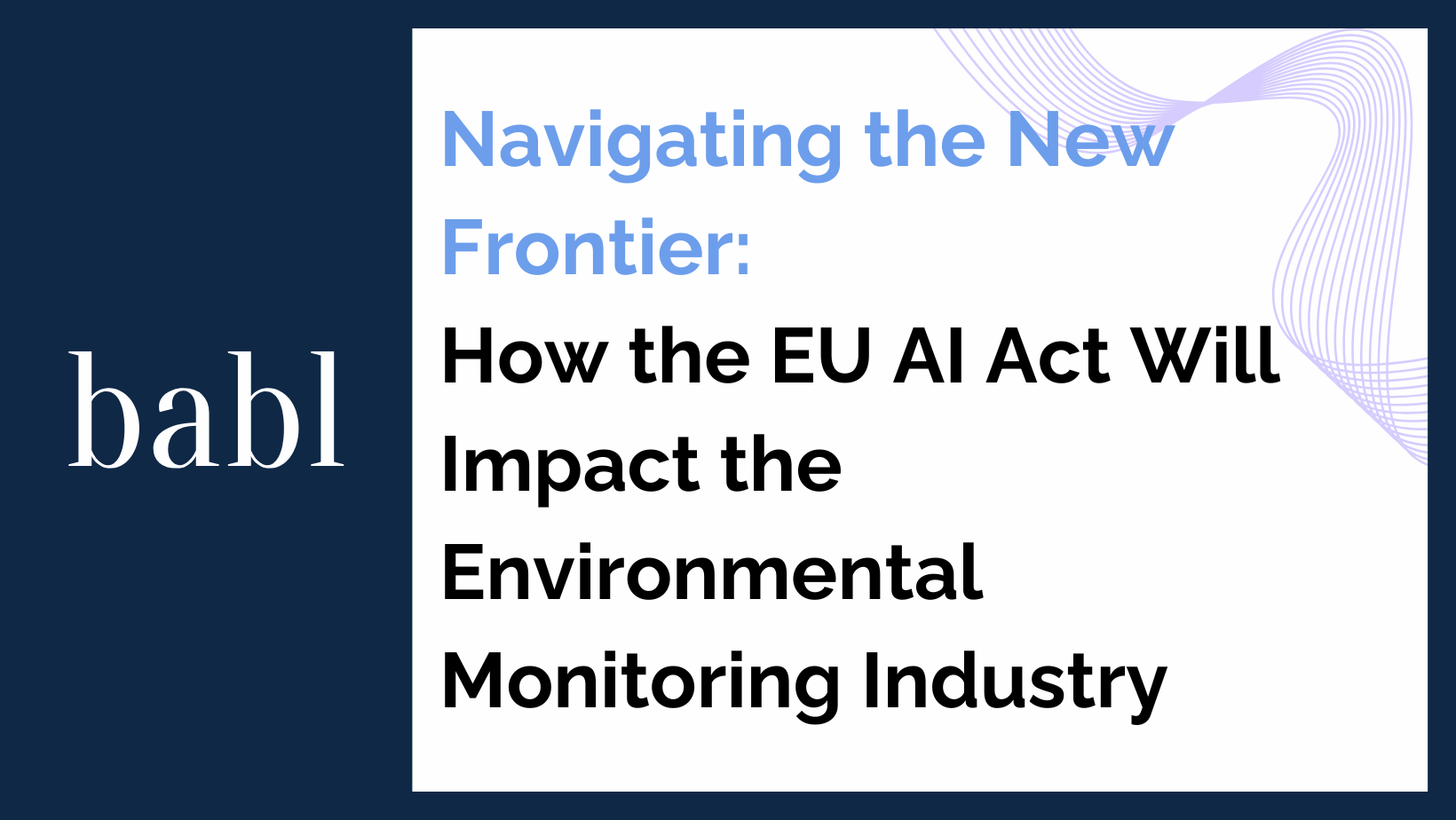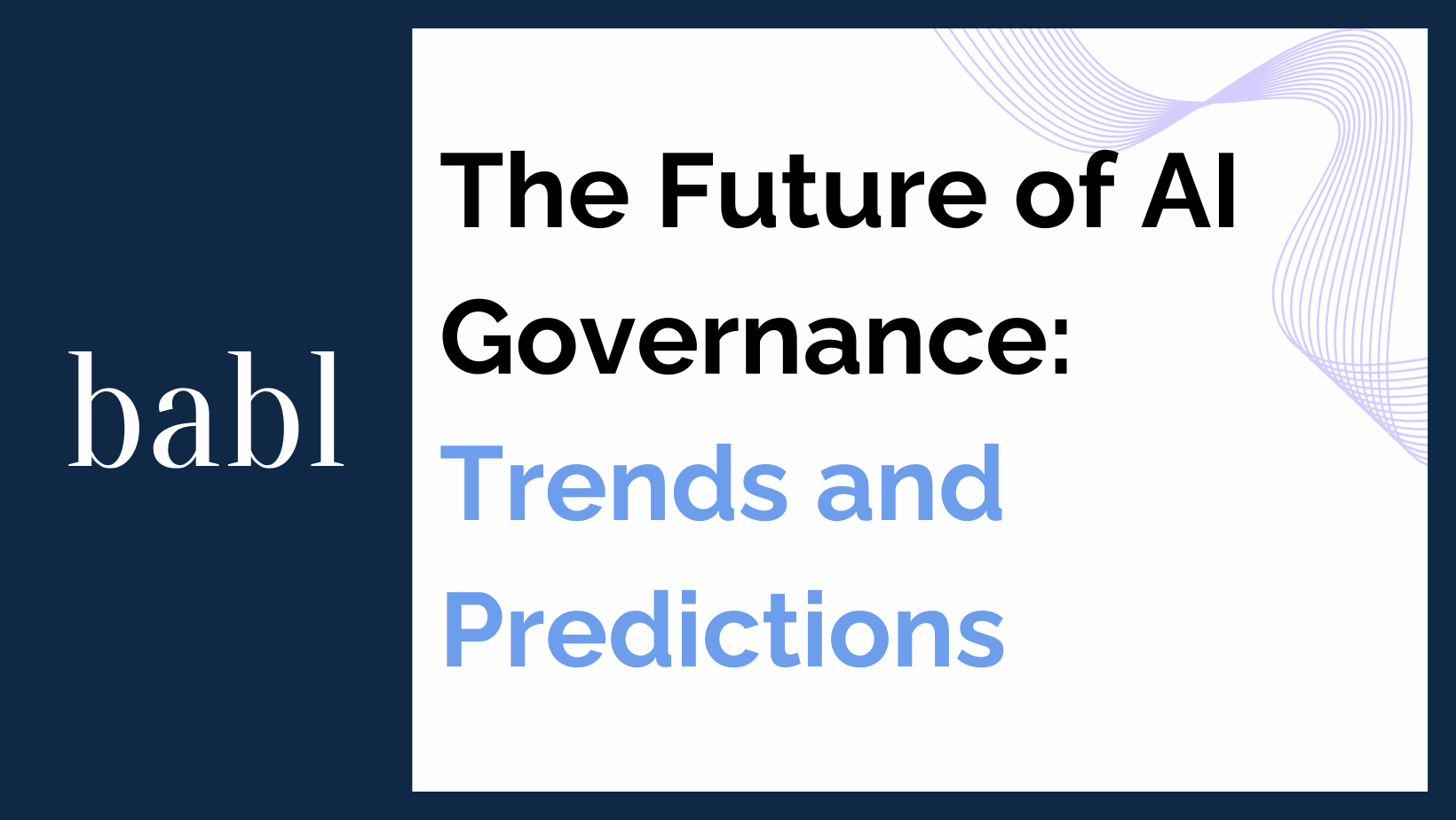In the rapidly advancing world of artificial intelligence (AI), establishing robust guidelines for managing associated risks is paramount. The National Institute of Standards and Technology (NIST) provides such guidance through its AI Risk Management Framework (RMF), a comprehensive set of standards designed to foster responsible AI development and deployment across industries. This framework is not only a testament to the importance of ethical AI practices but also serves as a cornerstone for organizations looking to navigate the complexities of AI integration responsibly.
The Significance of the NIST AI RMF
The NIST AI RMF is significant for several reasons. Firstly, it addresses the growing demand for a structured approach to AI governance as AI technologies become increasingly embedded in everyday business processes and societal functions. The framework helps organizations align their AI strategies with broader ethical, legal, and regulatory standards, reducing the risk of unintended consequences that can arise from AI deployment. By providing a clear roadmap for AI risk management, NIST facilitates a safer, more predictable, and trust-worthy environment for both AI innovators and the end-users of AI technologies.
Structure of the NIST AI RMF
The NIST AI RMF is articulated around four pivotal functions—Govern, Map, Measure, and Manage—that together provide a holistic approach to AI risk management:
Govern: The Governance function sets the foundation for effective AI risk management. It involves establishing clear governance structures, policies, and standards that align with an organization’s overall objectives and compliance requirements. This function ensures that all AI activities are overseen by appropriate levels of accountability, and that ethical considerations are ingrained in the decision-making processes. For organizations, this means embedding AI governance at the highest levels, ensuring that leadership is informed and engaged with the AI strategies deployed.
Map: Mapping involves a thorough inventory and classification of an organization’s AI systems. This function is crucial for understanding the current state of AI applications within the organization and provides a detailed overview of where AI is used, its purposes, and the data it processes. Effective mapping helps identify potential risk areas and ensures that all AI systems are accounted for and evaluated in terms of their impact on organizational operations and objectives.
Measure: Measurement in the NIST framework focuses on assessing the performance and effectiveness of AI systems against predefined metrics and benchmarks. This function is essential for ensuring that AI systems perform as intended without violating ethical norms or regulatory requirements. Measurement practices help organizations monitor compliance, efficacy, and safety of AI applications, facilitating timely adjustments to align with desired outcomes.
Manage: The final function, Manage, is about implementing risk management strategies to address vulnerabilities identified during the measurement phase. This involves developing and enforcing policies to mitigate risks, including those related to data privacy, security breaches, and ethical misalignments. Management strategies are tailored to the specific risks and contexts of AI applications, ensuring that mitigative actions are both effective and efficient.
Why the NIST AI RMF Matters?
The structured approach provided by the NIST AI RMF is invaluable in today’s tech-driven landscape. It empowers organizations to not only comply with regulatory demands but also to foster trust and reliability in their AI applications. As AI technologies continue to evolve, the framework’s emphasis on governance, mapping, measuring, and managing ensures that organizations remain agile and responsive to new challenges and opportunities in AI.
For businesses and institutions at the forefront of AI adoption, the NIST AI RMF offers a pathway to achieve not only compliance but also competitive advantage. In an era where AI’s potential is matched by its risks, adhering to a rigorous framework like NIST’s is crucial for sustainable and successful AI integration.
In conclusion, as organizations increasingly rely on AI to drive innovation and efficiency, the NIST AI Risk Management Framework provides a critical toolset for managing AI risks effectively. By adopting and adapting the NIST guidelines, organizations can ensure that their use of AI technologies is safe, ethical, and aligned with both business goals and societal values.
If you’re wondering how NIST AI Framework, and other AI regulations around the world, could impact you, don’t hesitate to reach out to BABL AI. Their Audit Experts are ready to provide valuable assistance while answering your questions and concerns.





